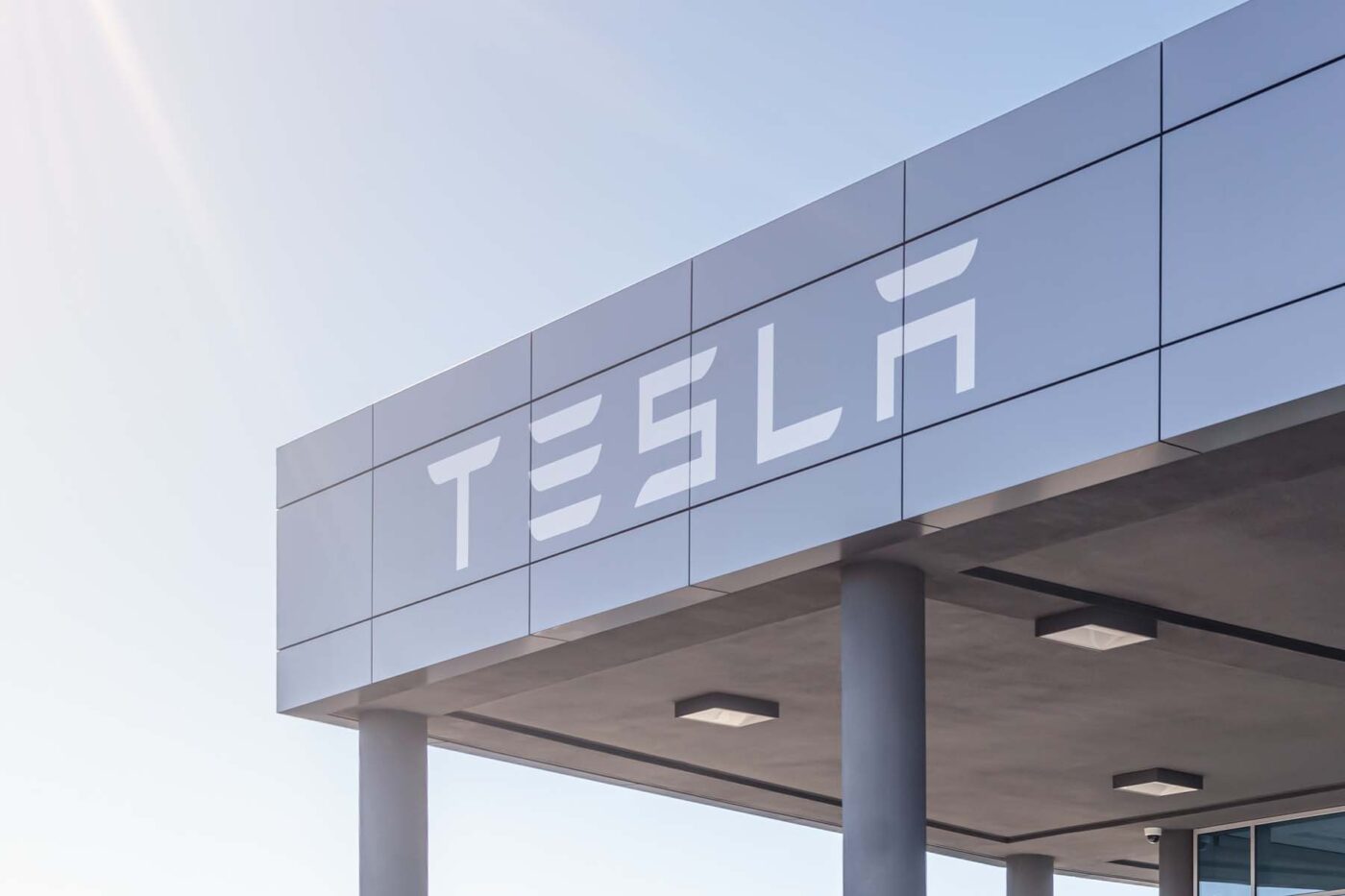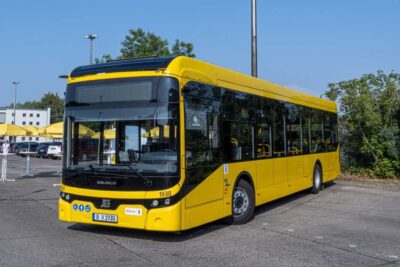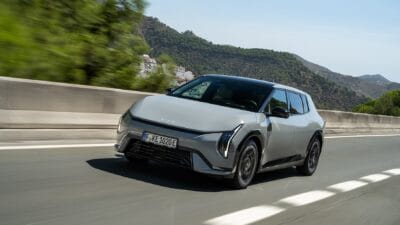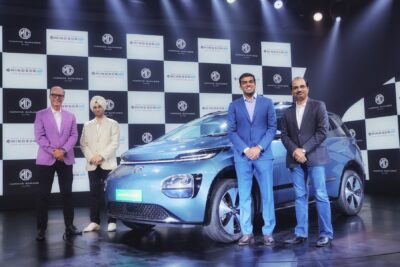Tesla ends supercomputer project
Dojo was built around Tesla’s own D1 chip and designed primarily to process and analyse video data from vehicle cameras, enabling “vision only” autonomous driving without the costly lidar sensors Elon Musk firmly rejects. The supercomputer was also intended to support the humanoid robot Optimus.
The decision to end the Dojo project is partly surprising, as Musk told analysts in late July during Tesla’s Q2 earnings call that Dojo 2 would debut next year. However, rumours suggested unrest within the team before the decision. According to the Reuters, 20 employees moved to a new startup called DensityAI, remaining staff were reassigned to other Tesla projects, and team leader Peter Bannon left the company.
Musk wrote on X: “Once it became clear that all paths converged to AI6, I had to shut down Dojo and make some tough personnel choices, as Dojo 2 was now an evolutionary dead end. Dojo 3 arguably lives on in the form of a large number of AI6 SoCs on a single board.” AI6 is Tesla’s sixth-generation chip, currently in development and manufactured by Samsung. The chips for the Dojo supercomputer used a different design.
Musk said it “doesn’t make sense for Tesla to divide its resources and scale two quite different AI chip designs.” The company will now focus on developing AI5 and AI6, which are “at least pretty good for training,” according to Musk. Tesla announced the AI5 chips in 2024 but has not yet published performance figures. Reports have suggested the AI5 chips may not be as powerful as initially claimed, but Musk is now prioritising both AI5 and AI6.
Tesla launched the Dojo project in 2019 with a deliberately long-term outlook. Musk’s vision was that existing supercomputers were designed for general-purpose applications. By creating chips optimised specifically for automotive use, Tesla aimed not only to reduce reliance on Nvidia hardware but also to differentiate itself from competitors with an innovative, hard-to-replicate solution.
reuters.com, bloomberg.com, x.com
This article was first published by Sebastian Schaal for electrive’s German edition.





0 Comments